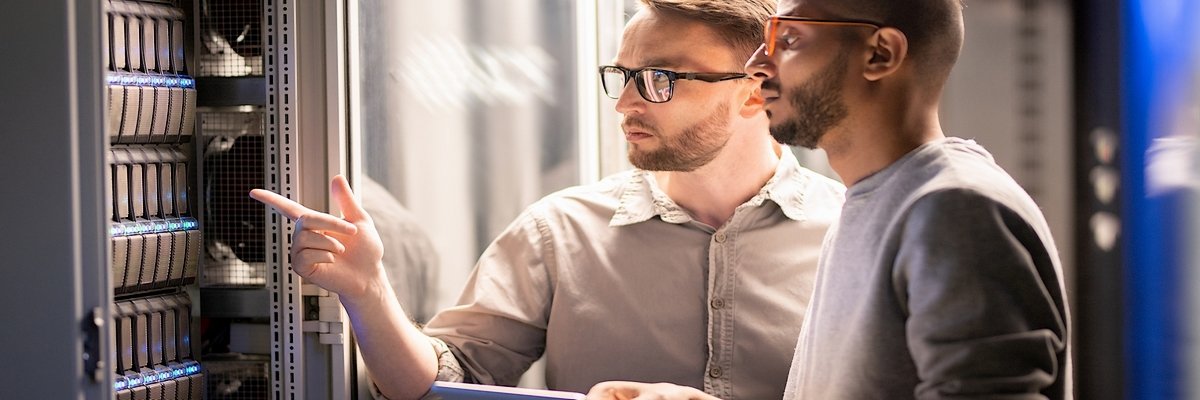Jason Ho, the Co-founder of BEYOND Expo, invited Jon Creyts, the CEO of Rocky Mountain Institute (RMI), to discuss the urgent need for global cooperation, investment, and innovative technology to address climate change on Wednesday at the BEYOND Expo 2024 opening ceremony.
Please find below the transcript of the opening day speech from Jon Creyts. The following transcript has been edited for clarity:
1. Jason: Looking ahead, what key policy changes or initiatives do you believe are essential for driving technology and the adoption of different solutions globally?
Jon: When we think about climate change, it impacts more than just the environment. This is about health, livelihoods, and thriving communities. When we think about SDGs (Sustainable Development Goals), they’re all interconnected. We have to address climate change in ways that enhance all aspects of society and tackle all the SDGs simultaneously.
We’ve talked a lot about EVs here. Certainly, when you look at a place like Delhi, the current health issues related to pollution are largely the result of vehicular traffic. Today, in Delhi, driving an EV costs only 1/4th of what it does to operate an internal combustion engine vehicle. However, the system isn’t set up to support that right now. You actually pay three times the interest rate on an electric vehicle compared to an internal combustion engine vehicle. However, if we make this transition, we can actually save significant amounts of money, minimizing local air pollution, and creating new economies and abilities to grow.
This is true not just in India but throughout the global South, like in Nigeria. If you switch to two- and three-wheeled electric vehicles, you wind up saving about $1,000 for one person over the eight-year lifetime of that vehicle. That’s a massive boost, almost half a year’s worth of pay in Nigeria that you’re saving, by shifting and embracing some of these new technologies.
2. Jason: How can we ensure climate tech innovations are accessible and affordable for people in need in these developing countries?
Jon: This is not just a challenge, this is an opportunity. When we think about it, the scale of the investment that is required here is approximately $100 trillion over the next 25 years. Right now, that investment is massively skewed when we look at the overall geography. For instance, the United States, as a country, invests about 60 times more than Africa as a continent. We have to rectify that, we have to shift and introduce some strategic interventions that effectively redirect capital flow within the system.
That capital has to accomplish three major objectives. Firstly, there are carbon-intensive assets out there that cannot run to the end of their life cycle. We have to shut them down before they become economically viable as we can’t afford to release all that carbon into the atmosphere. We need to create mechanisms like carbon trading and other supportive measures to help support that transition. Initiatives like the Just Energy Transition partnerships in regions like Indonesia and Vietnam are currently helping to create some of the funds and financing mechanisms to support these countries in their transition efforts.
We have to do two other things. We have to accelerate innovation, especially in hard-to-abate sectors such as steel, cement, aluminum, heavy freight, shipping, etc. These ideas are going to come from all over the world, and we need to ensure that there is alignment between venture capital, equity investment, and bank financing to support these innovations.
Thirdly, we have to scale existing solutions. This is the area where significant reform needs to happen so that we can mitigate the risk associated with project pipelines, throughout the global south, where projects are necessary to enable leapfrogging, as Siddharth mentioned earlier, to achieve new economic paradigms. That has to be done through coordinated multilateral bank support to de-risk projects alongside private capital investment. This ensures initiatives like mini-grids, microgrids, solar energy, and electric vehicles are rapidly deployed in the places that need them the most, which are the fastest-growing areas of the world requiring that support.
3. Jason: What role do you see for public and private partnerships in scaling up investment and developing climate tech solutions?
Jon: Public-private partnerships are at the core of how this whole energy transition needs to happen. When we think about scaling, I was here yesterday at the Southern China Hydrogen Energy Association, a group in Guangzhou, that is focused specifically on how to bring a hydrogen economy into being. For that to happen, you have to align research, you have to align capital, and you have to ultimately get whole sets of infrastructure to jump at the same time to a wholly different cost space. When you start doing that as a system, you end up actually creating the conditions for something new to thrive, grow, and compete.
That doesn’t happen on its own. It requires an independent nonprofit or a collaboration between the government, for-profit and civil society institutions to align all the different stakeholders. That’s true for hydrogen, that’s true if you want to realign the global aviation industry, and that’s true if you want to deal with global shipping. You need to get the industry, the customers, the financiers, and the policymakers together to build the ratchet mechanism that then allows everything to move just a little bit differently. And then, ultimately, you’re able to transform.
We’re seeing that happen in aviation and some of the leadership related to staffing. We’re seeing that happen in shipping and in some of the new work that the IMO is doing to move toward zero-carbon fuels. Going forward, we will be seeing that happen in steel. where you will see buyers aligning on different aspects of what exactly constitutes low carbon steel and how to certify it, track it, and trace it. These are all necessary impacts, but they are made easier when you actually have some coordination, and entities like the UN, and the South China Hydrogen Energy Association, are working to help bring about change in the whole system.
4. Jason: If you could have any superpower to combat climate change, what would it be?
Jon: Fossil fuels have gotten us to where we are today. But I wish I could just snap my fingers and have everybody forget and stop believing that they are the source of safety and security in the world. Because the truth is, when we look at where we are today, the conflicts, the concentration of wealth, the air pollution, the climate pollution that we’re seeing, fossil fuels are not serving us well anymore. In fact, when we look at renewable sources, wind and solar are the cheapest new forms of energy for 95% of the people on the planet.
When you start combining that with some of the innovations that are happening in batteries that we heard Robin (CATL CEO) talk about earlier, we can see our pathway to a much cleaner, more sustainable, and secure energy future. We can just let ourselves believe that it can happen and drive toward it, rather than believe that we have to constantly go back to trusting that fossil fuels are more secure.









